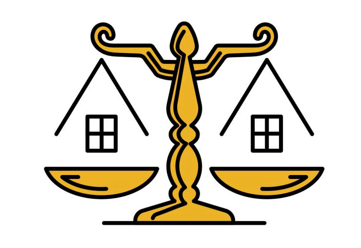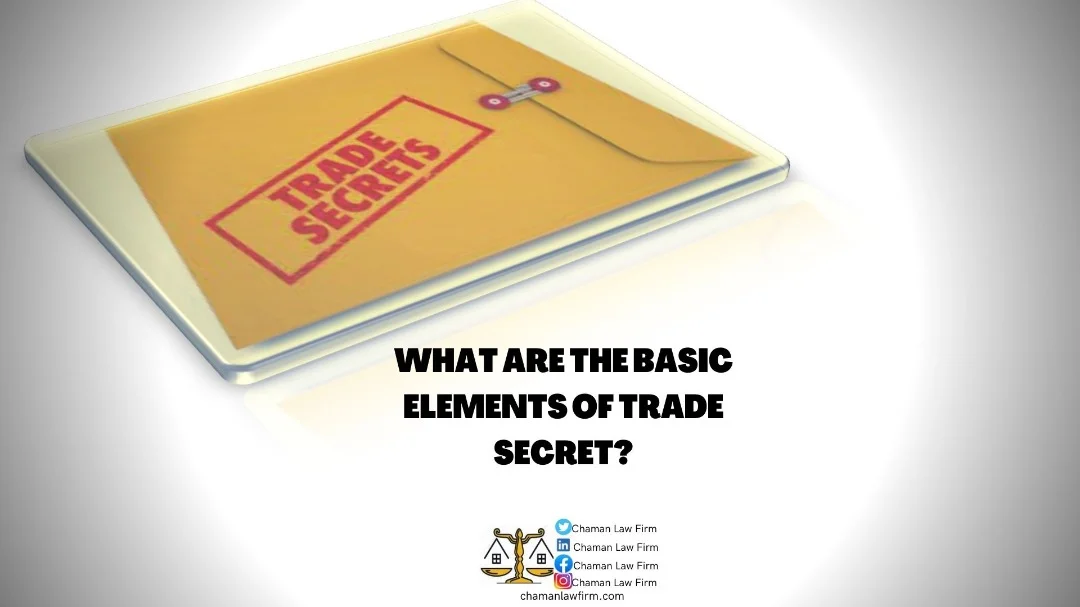OUR STORY
Quality, not quantity
We have made quality our habit. It’s not something that we just strive for – we live by this principle every day.
Powerful Guide: Unlocking the Basic Elements of a Trade Secret for Business Success
Introduction
Trade secrets are an invaluable asset for businesses, providing them with a competitive edge. Unlike patents or trademarks, trade secrets do not require registration but must be actively protected. Companies that fail to safeguard their trade secrets risk losing their market advantage and, in some cases, their entire business.
But what exactly qualifies as a trade secret? Not every piece of confidential information in a business is a trade secret. To receive legal protection, an entity must prove that the information meets certain legal and practical standards. This distinction is crucial, as failing to identify and secure trade secrets can leave businesses vulnerable to theft, industrial espionage, or unintentional leaks.
In today’s digital era, trade secret protection has become more challenging yet more essential. With businesses relying on cloud storage, remote work, and extensive digital communication, the risk of exposure has increased significantly. Hackers, competitors, and even disgruntled employees pose a constant threat to proprietary information. As such, organizations must adopt proactive strategies to prevent unauthorized access and ensure that their competitive edge remains intact.
Additionally, trade secrets are not just about large corporations protecting billion-dollar formulas like Coca-Cola’s secret recipe. Small and medium-sized enterprises (SMEs) also rely on trade secrets, such as client lists, business strategies, and unique processes, to maintain their market position. Regardless of the size of a company, understanding what qualifies as a trade secret and how to protect it is critical for long-term success.
In this article, we will explore the basic elements of a trade secret, their legal implications, and how businesses can protect their proprietary information.
What Is a Trade Secret?
A trade secret refers to confidential business information that provides an enterprise with a competitive advantage. Trade secrets can include formulas, designs, processes, marketing strategies, customer lists, and more.
Unlike patents or copyrights, trade secrets are protected indefinitely—as long as they remain confidential. However, if a trade secret is disclosed or independently discovered, the legal protection is lost.
Examples of Trade Secrets
-
Coca-Cola’s formula: One of the most famous trade secrets, kept confidential for over a century.
-
Google’s search algorithm: Continuously evolving and protected from public disclosure.
-
KFC’s 11 herbs and spices: A confidential recipe that has remained a trade secret for decades.
These examples highlight how businesses can maintain an economic advantage by keeping proprietary information secret.
The Basic Elements of a Trade Secret
To qualify as a trade secret, information must satisfy three essential elements:
1. The Information Must Be Secret
The fundamental requirement of a trade secret is secrecy. The information must not be generally known or easily accessible by competitors.
For example, if a company’s internal pricing strategy is publicly available or can be easily reverse-engineered, it does not qualify as a trade secret. The information must be known only to those within the company or a select few with access under confidentiality agreements.
Legal Precedent
In the case of Coca-Cola Co. v. Reed (2012), Coca-Cola successfully argued that its formula remained protected as a trade secret because the company took reasonable measures to maintain secrecy.
2. The Information Must Provide a Competitive Advantage
A trade secret must give the owner a commercial advantage over competitors. The advantage could stem from efficiency, cost reduction, or unique knowledge.
For example, a company that develops a faster manufacturing process than competitors may keep the details confidential to maintain its market position.
Case Law Example
In DuPont v. Christopher (1970), the court ruled in favor of DuPont when competitors tried to spy on their chemical process. Since the process provided an economic advantage and was kept secret, the court affirmed its trade secret status.
3. The Information Must Be Subject to Reasonable Efforts to Maintain Secrecy
A business must take reasonable steps to protect its trade secrets. Courts consider this a crucial factor in determining whether information qualifies for protection.
Protection Measures Include:
-
Non-Disclosure Agreements (NDAs): Employees and business partners must sign NDAs.
-
Restricted Access: Only key personnel should have access to trade secrets.
-
Data Encryption & Cybersecurity: Digital trade secrets should be protected through firewalls, passwords, and encryption.
-
Employee Training: Staff must be educated on handling and protecting trade secrets.
Legal Example
In Rockwell Graphic Systems, Inc. v. DEV Industries (1991), the court ruled that trade secret protection applied because Rockwell implemented extensive security measures, including NDAs and restricted access.
Legal Protection for Trade Secrets
International Protection Under the TRIPS Agreement
The Agreement on Trade-Related Aspects of Intellectual Property Rights (TRIPS) establishes global standards for trade secret protection. It requires countries to protect trade secrets against unauthorized use or disclosure.
U.S. Protection: The Defend Trade Secrets Act (DTSA)
The DTSA (2016) allows businesses to sue in federal court if trade secrets are misappropriated. It provides civil remedies, including injunctions and damages.
Nigeria’s Protection: The National Industrial Property Act
In Nigeria, trade secrets are protected under common law principles and contract agreements, particularly through confidentiality clauses and NDAs.
How to Protect Trade Secrets
1. Implement Strong Security Policies
Businesses should establish internal security protocols, including access control and data encryption.
2. Use NDAs and Confidentiality Agreements
Companies must ensure employees, vendors, and business partners sign confidentiality agreements before accessing trade secrets.
3. Monitor Employee Conduct
Since most trade secret leaks come from insiders, businesses should enforce strict policies on data access and exit interviews for departing employees.
4. Enforce Legal Actions Against Violators
If a trade secret is stolen, businesses should act immediately by filing lawsuits and seeking injunctive relief.
Conclusion
Trade secrets are a powerful business asset, but they require careful protection to remain legally enforceable. To qualify as a trade secret, information must be confidential, provide a competitive advantage, and be actively safeguarded.
By implementing strong security measures, NDAs, and legal enforcement, businesses can ensure their trade secrets remain protected from competitors and economic threats.
However, businesses must recognize that trade secret protection is an ongoing process, not a one-time action. In today’s digital world, where information can be easily leaked or misappropriated, companies need to remain proactive in securing their confidential data. Cybersecurity threats, employee mobility, and corporate espionage are all factors that make trade secret protection more critical than ever. Regularly updating security protocols, conducting employee training, and monitoring for potential leaks are essential steps in safeguarding proprietary information.
Additionally, businesses must be prepared to enforce their rights if a trade secret is misused or stolen. Legal remedies such as injunctions, damages, and criminal prosecution can deter unauthorized use and reinforce a company’s commitment to protecting its intellectual assets. Without strong enforcement measures, a business risks setting a precedent that could weaken its ability to claim trade secret protection in the future.
Ultimately, whether you are a startup, a growing enterprise, or a multinational corporation, your trade secrets are the backbone of your competitive advantage. Investing in legal safeguards, corporate policies, and a culture of confidentiality will ensure that your business remains innovative and resilient in a rapidly evolving market.
Moreover, as global markets become increasingly interconnected, companies must also be aware of international trade secret laws and agreements that may impact their operations. Many jurisdictions have different thresholds for what qualifies as a trade secret, and businesses engaging in cross-border transactions must ensure that their protective measures align with both local and international legal standards. By staying informed and seeking professional legal counsel, businesses can effectively navigate trade secret laws and prevent costly disputes that could arise from mismanagement or inadequate protection.
For legal guidance on protecting trade secrets in Nigeria, consult CHAMAN Law Firm today!
WRITTEN BY CHAMAN LAW FIRM TEAM
EMAIL: chamanlawfirm@gmail.com
TEL: 08065553671, 08024230080


